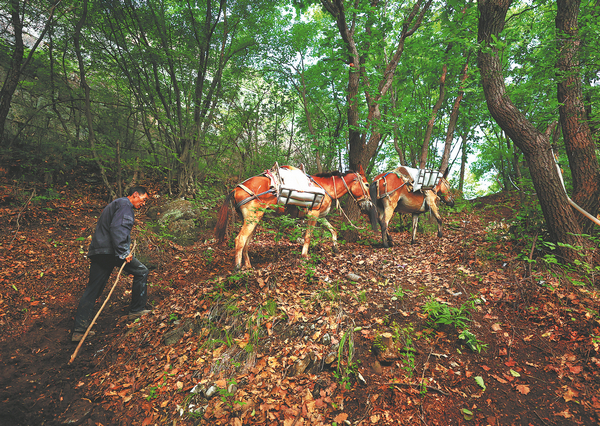

This approach enables a comprehensive study of the site, enhancing the thoroughness of the restoration.
To date, around 100 artifacts have been unearthed at Jiankou, including architectural fragments, military equipment and domestic items. "These finds help us understand the Ming Dynasty (1644-1911) soldiers' lives, from diet to weaponry," Shang Heng says.
He emphasizes the value of undisturbed ruins to archaeologists, as they provide a clearer picture of the past.
The philosophy behind restoration has also evolved. "The Great Wall is a cultural heritage site, blending the features of ancient architecture with those of an ancient ruin. We're now recognizing it more as an ancient ruin," Shang Heng says.
This shift has sparked a debate over vegetation on the wall. While no trees grew on it while it was in use during the Ming Dynasty, some believe the current flora adds to the wall's historical ambience. A compromise has been reached to keep some trees that don't threaten its stability.
Restoring Jiankou remains challenging, with issues involving getting materials and water to the site. High-pressure water pumps and mules are used to mitigate these difficulties, with mules transporting supplies to a base camp to protect the wall from damage from their hooves. Workers then carry the materials up the steep slopes.